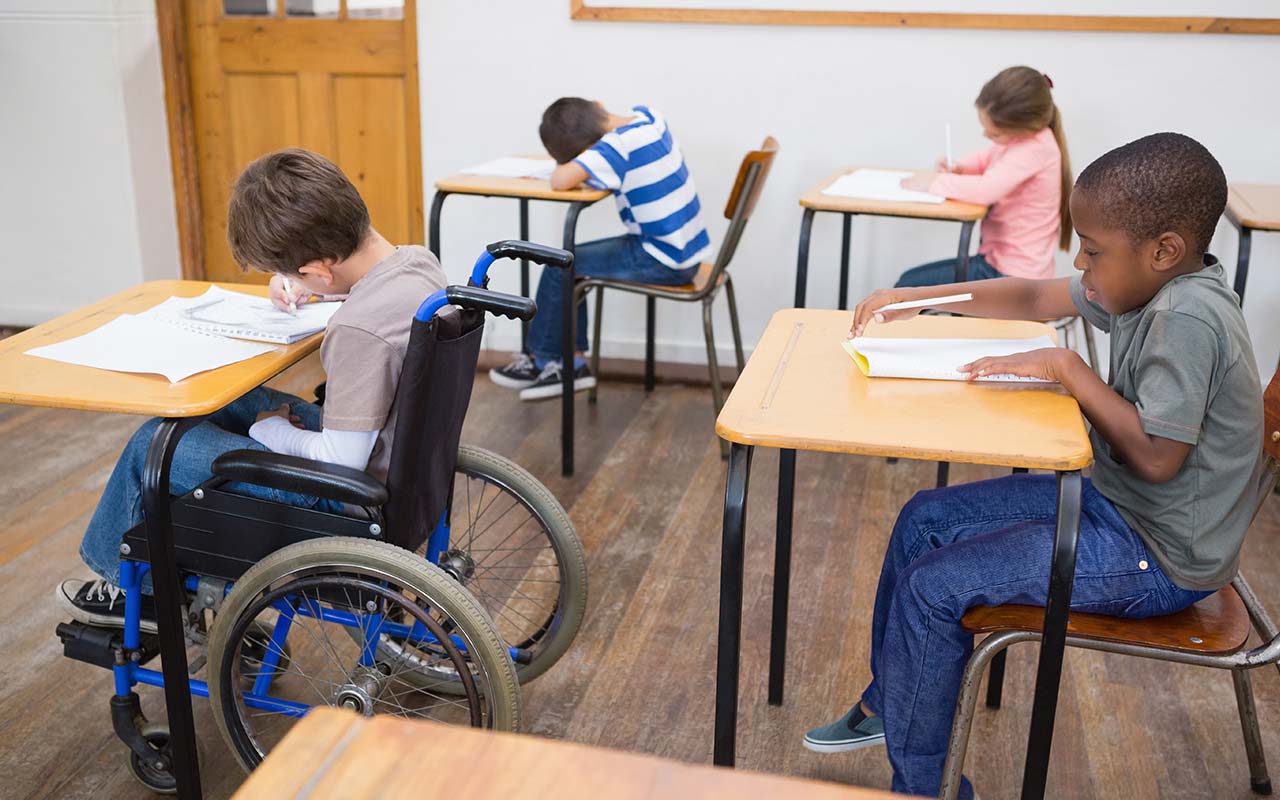Accommodating students with unique needs in the classroom
Independent learning is difficult for many special needs students. They frequently require specialized training and more scaffolded support, including work decomposition into smaller, more manageable pieces, visual aids, and regular check-ins to make sure they are progressing as intended.
Teachers can provide immediate feedback and help to students in the classroom. Additionally, students may receive pull-out services from specialists to learn the skills they require for concentration, problem-solving, and behavioral or emotional self-regulation. Giving the same “eyes on kid” and “real time” support online is quite difficult.
Utilizing solo and small-group breakout rooms on Zoom was one of the tactics that kept coming up in my online forums. Children with special needs may benefit from additional teaching, encouragement, and assistance during tasks that they may not be able to complete in the large group or on their own thanks to this virtual “push-in” help.
This additional help can be provided in the form of brief check-ins before independent work to ensure the student understands what to do in a breakout room and has an opportunity to ask questions, as well as larger blocks of time to complete entire projects together.
During this time, instructions on how to adjust the work to the ideal level might also be shared. The student may be given reading assignments that are appropriate for their level of instruction, alternate assignments that still meet the learning objectives, or shortened assignments that place an emphasis on quality rather than quantity, such as completing every other math problem in the allotted time.
The provision of online spaces to help anxious students return to their brains’ “quiet zone” for learning is another technique for teaching students with disorders that affect their ability to pay attention or regulate their emotions.
Teachers of Special Education Face Difficulties
Managing tough kids:
Managing problematic students in a special education classroom can be very difficult. These pupils’ difficulties can make them frequently troublesome and difficult to instruct.
Resource shortages:
Resource shortages are a common problem for special education teachers in their courses. It may be challenging for them to give their children a quality education as a result. Special education teachers frequently don’t receive the same degree of assistance from the school administration as other teachers because of this lack of resources. Because of this, putting into practice successful special education programs may be challenging.
Poor teacher preparation:
Many special education teachers lack the necessary knowledge and skills to properly fulfill the unique requirements of their children. This may result in inefficient instruction and minimal student advancement.
High workload:
Due to the nature of their employment, special education teachers frequently have a high workload. This may result in burnout and a sense of overload.
Relationships between parents and teachers that are challenging:
Parents of children with special needs are frequently challenged. It may be difficult for special education teachers to establish trusting bonds with their students as a result.
Student safety:
Students with special needs frequently need more attention and monitoring. Because of this, ensuring their safety in the classroom may be challenging. Additionally, bullies target students with specific needs more frequently.
Paraprofessionals in the classroom:
Special education teachers frequently collaborate with paraprofessionals in their settings. This can be challenging because the paraprofessionals might not have the necessary training to serve as competent assistants.
Emotional difficulties:
Special education instructors may experience vicarious trauma, burnout, and other emotional difficulties.
Limited opportunities for professional development:
Special education teachers may only have a small number of options for professional development. It may be challenging to stay current with new trends and best practices as a result.
Previous: Who are special needs kids
Next: Methods to follow when accommodating special needs students in the classroom









